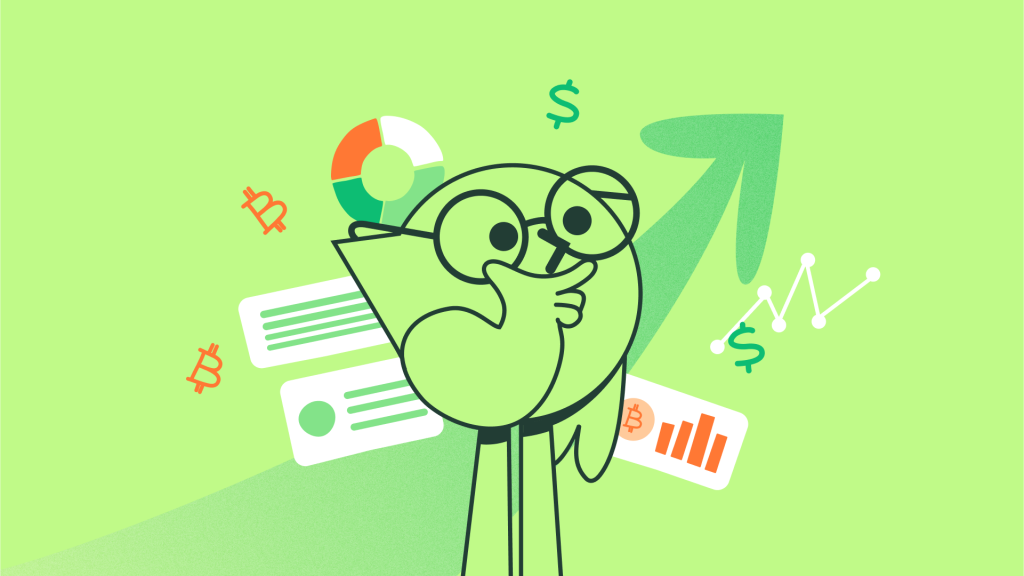The main difference between investing and trading is the timing and purpose of the investment.
An investment is an investment for a certain period of time. Earnings will depend on how much the asset in which the money is invested grows in value. It can take years to grow.
Trading is a short-term investment for a period of seconds, days, or weeks in order to maximize a quick profit.
That is, investing works for the long term, while trading allows you to earn here and now, without regard to market trends.
Basic Rules of Trading: Trading and Investing
While it is possible to succeed in both, the skill sets and tools for trading and investing are different. Let’s start with the latter.
Investments
- Tool Philosophy. Every asset has a fair value. You can estimate this value, albeit with some error, and eventually, the price must match the value.
- How do you choose an investment? You need to analyze many facts and try to find assets that may be more valuable in the future than they are now. To make money, you need to find undervalued assets whose value has not yet been recognized by other market participants.
- Market Driver: The price of an asset for investment is determined by the objective value of the asset relative to others.
- Attitude towards information. Only information that changes the value of the asset (e.g., a new distribution of cash flows) will influence the decision to trade.
- Time horizon: months, years, decades.
Trading
- Tool Philosophy. The only real indicator you can act on is the current price. No one knows what the real value of an asset is, so its valuation is useless. There are tools that can help you roughly determine the real value, but they are complicated and do not give 100% results.
- How to choose an asset for trading? Trying to guess what actions (selling or buying) other market participants will perform based on the news. To make money, you need to make correct predictions and identify the trades that will occur based on some news.
- Market Driver: The price is determined by the market’s reaction to the news.
- Attitude towards information. Any new information can influence the decision to make a trade.
- Time horizon: can be very short term (from a second) or moderately short term (days and weeks).
The key difference between the two types of financial instruments is in philosophy. A trader makes transactions based on recent changes in asset prices. And to determine where to invest money, he calculates how much the other party is ready to pay.
An investor, on the other hand, pays attention to the intrinsic profit indicators – dividends, the popularity of the asset area on the market, the growth of profit or the value of the assets, in order to determine for himself where to invest his money. For this purpose, fundamental analysis is most often used.
Conclusion
An investor evaluates the fair value of an asset; a trader tries to guess where its price will go. Both options are good, but the only difference is time. A trader can earn daily without his main job. But the investor is obliged to have another stable income, unless, of course, he receives a decent yield from his investments. Besides, it is necessary to invest large funds, while trading allows earning with deposit starting from $5. And if you add a multiplier, the amount of the deposit can be increased by 2 or even 20 times.
Download the App












